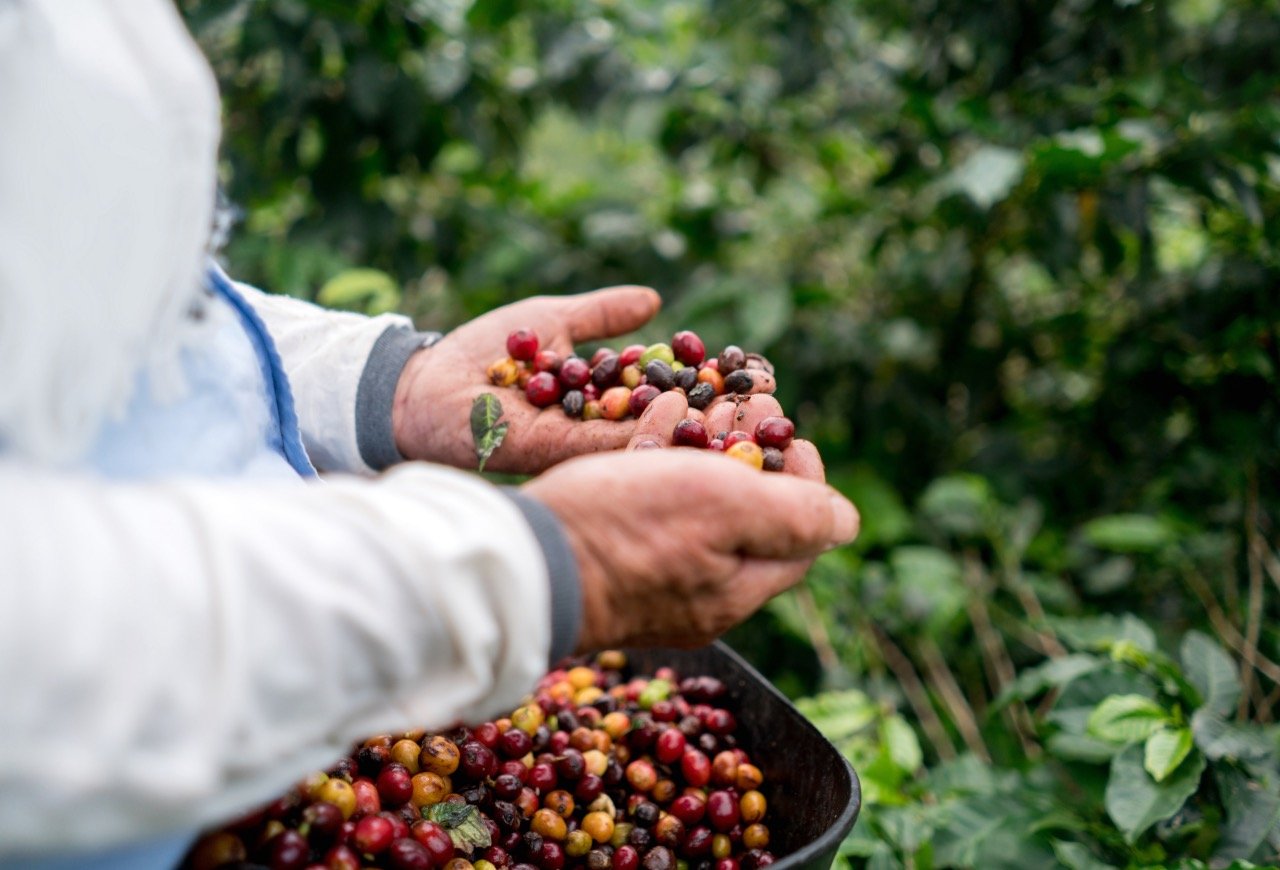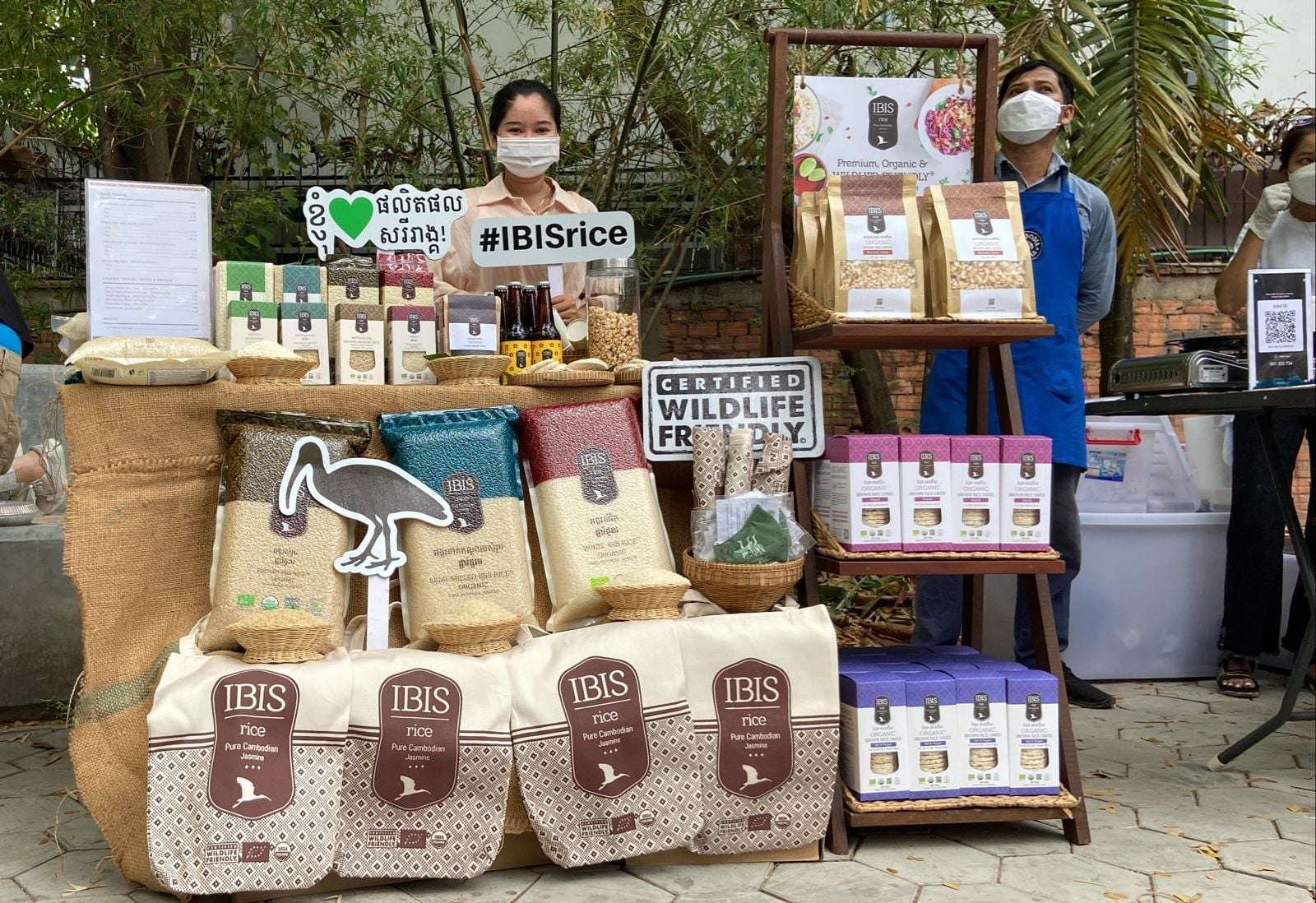Cambodia, often overshadowed by its more prominent Southeast Asian neighbors in the global coffee industry, is quietly brewing a significant opportunity for investors. With its unique combination of favorable climatic conditions, rich soil, and a growing domestic and regional demand for coffee, Cambodia is on the cusp of becoming a key player in the coffee market.
The Historical Context: Coffee’s Journey in Cambodia
Coffee cultivation in Cambodia traces its roots back to the French colonial era in the late 19th century. The French introduced coffee plants to the fertile soils of Cambodia, particularly in the eastern provinces of Mondulkiri and Ratanakiri, where the combination of altitude, climate, and soil conditions provided an ideal environment for coffee production. By the early 1900s, Cambodia had established itself as a significant exporter of coffee within Southeast Asia.
However, the rise of the Khmer Rouge in the 1970s brought devastation to the coffee industry. The civil conflict led to the destruction of coffee plantations and a severe disruption in agricultural activities. It was only after the fall of the Khmer Rouge regime that the coffee sector began to slowly recover. In recent years, the revival of coffee cultivation in Cambodia has gained momentum, with increasing domestic and international interest in the unique flavors that Cambodian coffee offers.
The Coffee Growing Regions: Mondulkiri and Beyond
Mondulkiri Province stands out as the heart of Cambodia’s coffee production. Located in the eastern highlands, this region is characterized by its mountainous terrain, moderate climate, and predominant red soil, all of which are conducive to coffee cultivation. The indigenous Bunong people, who have resided in Mondulkiri for generations, have integrated coffee into their agricultural practices, alongside traditional crops like rice and cassava. The coffee produced in Mondulkiri is primarily Robusta, a variety that thrives at the altitudes and climatic conditions available in the region.
Ratanakiri Province, another key area for coffee cultivation, offers a distinct flavor profile due to its volcanic red soil. The coffee beans from Ratanakiri are known for their earthy and nutty taste, which sets them apart from other regional varieties. Additionally, the coastal province of Kampot, renowned for its pepper, is also making strides in coffee production, particularly with shade-grown Arabica hybrids that benefit from the province’s unique microclimate.
Current Market Dynamics: Demand Outstripping Supply
Cambodia’s coffee production, while growing, is still relatively small on a global scale. In 2022, the country produced approximately 374 tonnes of coffee, a modest increase from the 124 tonnes recorded in 1973. This represents an average annual growth rate of 2.81%. However, the domestic consumption of coffee far outstrips local production. In 2022, Cambodians consumed an estimated 9,650 tonnes of coffee, a significant increase from the 5,970 tonnes consumed in 2014. This growing demand, fueled by the rising popularity of coffee shops and cafes, as well as increasing disposable incomes, has led Cambodia to import more coffee than it produces.
The coffee market in Cambodia is expected to generate substantial revenue in 2024, with an estimated US$154.20 million combined from at-home and out-of-home consumption. The at-home coffee market alone is projected to reach US$29.70 million, growing annually at a compound annual growth rate (CAGR) of 3.50% from 2024 to 2029. These figures underscore the robust demand for coffee within Cambodia, providing a strong foundation for potential investors.
Investment Opportunities: Tapping into Cambodia’s Coffee Potential
The burgeoning coffee market in Cambodia presents a unique investment opportunity across several dimensions, including production, processing, and retail.
- Expansion of Coffee Cultivation: With the Cambodian government aiming to increase coffee production to 10,000 tonnes by 2025, there is a clear push to scale up cultivation. Investors can capitalize on this by investing in expanding coffee plantations in provinces like Mondulkiri, Ratanakiri, and Kampot. The favorable climatic conditions, coupled with the availability of suitable land, make these regions prime targets for large-scale coffee farming. Moreover, the potential for introducing high-yield Robusta and hybrid Arabica varieties could further enhance productivity and profitability.
- Infrastructure Development: One of the primary challenges facing the Cambodian coffee sector is the lack of infrastructure, particularly in remote coffee-growing regions. Poor road conditions and limited access to processing facilities have hindered the growth of the industry. Investment in infrastructure, such as the construction of better roads, processing plants, and storage facilities, could significantly improve the efficiency of the coffee supply chain. By addressing these bottlenecks, investors can not only enhance the quality and quantity of coffee production but also contribute to the socio-economic development of rural communities.
- Value-Added Processing: There is substantial potential for investment in value-added processing within Cambodia. Currently, much of the coffee produced in the country is sold as raw beans with minimal processing. By investing in processing facilities that can roast, grind, and package coffee locally, investors can capture more value within the country. This would not only increase the profitability of Cambodian coffee but also position it as a premium product in both domestic and international markets.
- Sustainable and Fair Trade Coffee: The global market for sustainably produced and Fair Trade coffee is growing rapidly. Cambodia, with its relatively small-scale coffee farms and traditional farming practices, is well-positioned to tap into this niche market. Investors can support the development of certified organic and Fair Trade coffee in Cambodia, which would not only fetch higher prices but also align with global trends towards sustainability and ethical sourcing. This approach would also resonate with the growing consumer base that prioritizes environmentally friendly and socially responsible products.
- Retail and Café Chains: The rise of coffee culture in Cambodia, particularly in urban centers like Phnom Penh, presents opportunities for investment in retail and café chains. With the market expected to grow significantly over the next few years, there is room for both local and international brands to establish a presence in Cambodia. Investors can explore franchising opportunities or develop homegrown brands that cater to the evolving tastes of Cambodian consumers.
The Socio-Economic Impact: A Catalyst for Rural Development
Investing in Cambodia’s coffee sector goes beyond mere financial returns. The coffee industry has the potential to generate significant economic and social benefits, particularly for rural communities. A study found that the coffee sector could create up to 100,000 new jobs and generate $500 million in revenue by 2025. This would have a transformative impact on rural economies, where poverty rates remain high.
Coffee farming is a relatively high-value agricultural activity, offering farmers the potential to earn significantly more than they would from traditional crops. By providing stable income opportunities, the coffee sector can help reduce poverty and improve the livelihoods of rural households. Additionally, the development of the coffee industry can contribute to the preservation of indigenous cultures, such as those of the Bunong people in Mondulkiri, who have traditionally been marginalized in Cambodia’s economic development.
Moreover, the focus on sustainable coffee production can have positive environmental impacts. By promoting practices such as shade-grown coffee and organic farming, investors can help protect Cambodia’s rich biodiversity and prevent deforestation. These practices also contribute to the long-term viability of coffee farming in the face of climate change.
The Time to Invest is Now
Cambodia’s coffee sector is at a pivotal moment. With its rich history, favorable growing conditions, and rapidly expanding domestic market, the country is poised to become a significant player in the global coffee industry. However, realizing this potential will require targeted investment in key areas such as infrastructure, value-added processing, and sustainable farming practices.
For investors looking to enter a market with strong growth prospects and significant social impact, Cambodia offers a unique opportunity. By investing in the coffee sector, stakeholders can not only achieve substantial financial returns but also contribute to the sustainable development of one of Southeast Asia’s most promising emerging markets.
As Cambodia continues to rebuild and modernize its agricultural sector, the coffee industry stands out as a beacon of opportunity. With the right investments, Cambodia could soon be recognized not just for its ancient temples and vibrant culture, but also for its world-class coffee. The future of Cambodian coffee is bright, and for those willing to invest, the rewards could be both meaningful and substantial.








